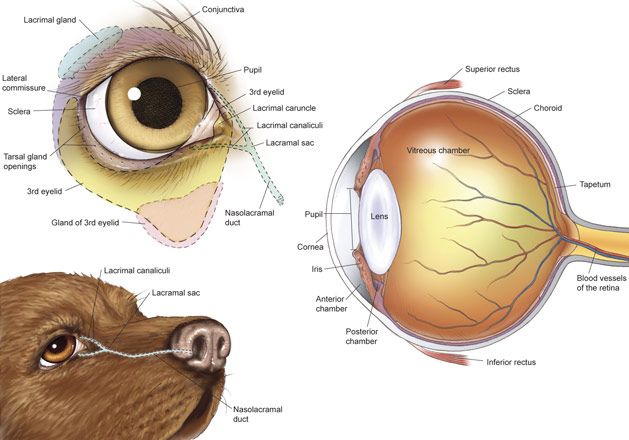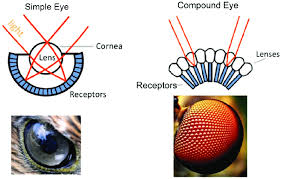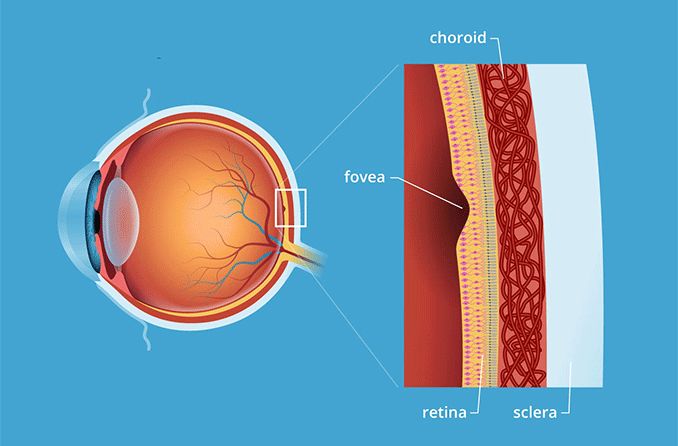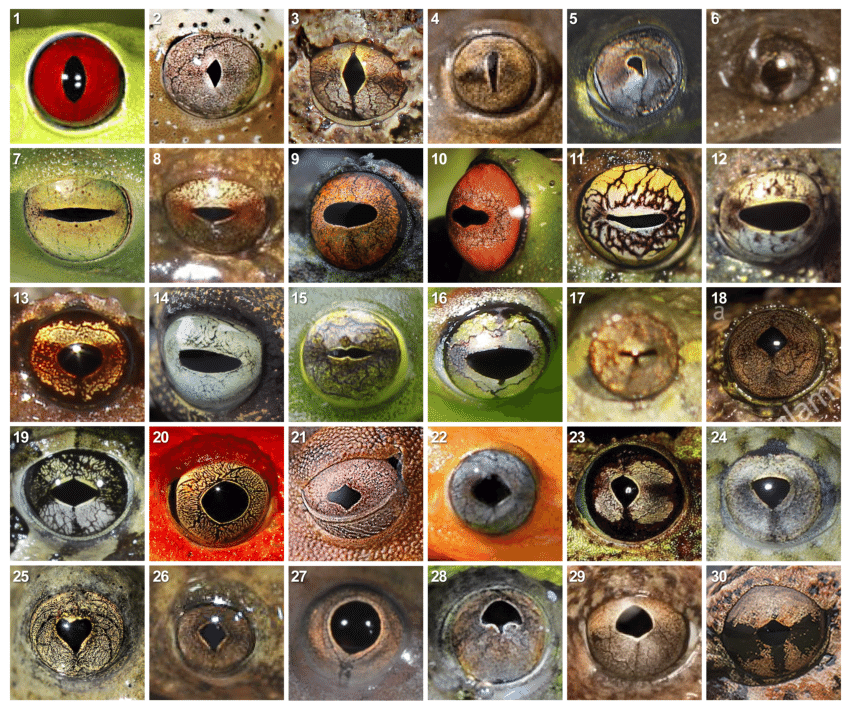Have you ever wondered how animals see the world around them? Do they see things the same way humans do, or is their vision completely different? One of the most fascinating aspects of animal vision is the way their eyes and brains process images. Some animals are known to perceive the world in ways that differ from humans—such as seeing upside down, perceiving colors differently, or having a wider field of vision. In this article, we will explore the intriguing question: Do animals’ eyes see upside down? We will also dive into the anatomy of animal eyes, how vision works in animals, and how the brain processes visual information to create the images they perceive.

Humans typically see the world in an upright position, but does that mean animals do the same? The answer is more complicated than a simple yes or no. To understand whether animals see things upside down, we must first explore how vision works in both humans and animals.
In humans, when light enters the eye, it passes through the cornea and lens, which help focus it onto the retina. The retina then sends this visual information to the brain, where it is processed and interpreted. Interestingly, when light enters the eye, it is flipped upside down on the retina because of the way light bends as it passes through the lens. However, the brain flips the image back to its proper orientation, so we see the world the right way up.
Animals, on the other hand, experience a different version of this process. While most animals also have upside-down images projected onto their retinas, the way they process this information can vary. Some animals may rely more on instinct and less on complex brain processing, while others have evolved specialized systems to compensate for the flipped images.
Not all animals’ eyes process visual information in exactly the same way. While it is true that most animals have images projected upside down onto their retinas (like humans), their brains may not necessarily interpret these images in the same manner.
For example, invertebrates such as insects (including flies and bees) have compound eyes that work differently than those of mammals. Their eyes consist of multiple lenses that form a mosaic of images. Each lens captures a tiny portion of the visual field, and the brain processes these images together. This setup means that insects likely do not experience the "upside-down" vision that vertebrates do, but rather, a highly fragmented and panoramic view of the world.
In contrast, vertebrates, including humans, dogs, and birds, generally experience upside-down projections on their retina. However, their brains are wired to "correct" this flip, meaning the world is perceived as right-side up. This adjustment in brain processing helps vertebrates navigate their environment, but the initial upside-down image remains a shared feature in the anatomy of the eye.
The anatomy of animal eyes is surprisingly diverse, but it serves the same primary function: to gather light, form an image, and send visual information to the brain for interpretation. However, the structure of an animal's eye and its visual capabilities can vary widely from species to species.
Simple Eyes vs. Compound Eyes: Vertebrates (such as mammals and birds) have simple eyes with a single lens. Light enters through the cornea, passes through the pupil, and is focused by the lens onto the retina. Insects, on the other hand, have compound eyes, which are made up of hundreds or even thousands of individual lenses. This gives them a broader field of vision and allows them to detect movement with remarkable speed.

Retina and Fovea: Most vertebrates have a retina at the back of the eye, which is responsible for detecting light and converting it into electrical signals. The fovea is the part of the retina that provides sharp central vision. In some animals, such as birds of prey, the fovea is highly specialized, allowing them to see in incredibly fine detail from a distance.


Pupil Shape and Size: The shape of an animal's pupil can also affect its vision. For instance, cats and other nocturnal animals have vertically elongated pupils, which help them adjust to low light conditions. Goats have rectangular pupils, providing them with a wide field of vision to detect predators.

Humans and animals perceive the world differently due to variations in the structure and function of their eyes. Here are some of the key differences:
Color Vision: Humans are trichromatic, meaning they have three types of color receptors (cones) in their eyes that allow them to see a wide spectrum of colors. However, many animals, such as dogs and cats, have dichromatic vision, meaning they only see two primary colors—typically blue and yellow. In contrast, some animals, like mantis shrimp, have an astonishingly complex visual system, with 12 types of color receptors, enabling them to see an extremely broad range of colors.
Field of Vision: Many animals have a much wider field of vision compared to humans. For example, rabbits have almost 360-degree vision due to the positioning of their eyes, which allows them to spot predators from almost any direction. On the other hand, humans have a more focused field of vision and rely on head movement to observe their surroundings.
Depth Perception: Humans have stereoscopic vision, meaning both eyes work together to perceive depth. However, some animals, such as chameleons, have independently movable eyes, which can give them a wider range of vision but not necessarily depth perception.
One of the most important aspects of vision is how the brain processes the visual information it receives. The retina in an animal’s eye transmits signals to the brain, where they are interpreted to form a coherent image. However, different animals process this visual data in unique ways.
Visual Processing in Dogs and Cats: Unlike humans, who process visual data mainly in the occipital lobe at the back of the brain, dogs and cats rely on a more instinctual and simpler processing system. Their brains are wired to focus on motion, which helps them track prey and detect threats.
Birds of Prey: Birds such as eagles and hawks have exceptional visual acuity, with brains capable of processing fine details from long distances. Their brains are specially adapted to filter out unnecessary information and focus on prey.
Fish and Marine Mammals: Fish and marine mammals (like dolphins and whales) have evolved unique ways to process visual information in water. Some fish, like squids, have the ability to change the color of their skin based on visual cues, allowing them to camouflage themselves.
Each species’ vision system has evolved to suit its environment and survival needs. While most animals see images projected upside down onto their retinas, their brain processing can vary. Here are a few examples of how different animals perceive the world:
Predators: Predators, such as lions and wolves, have forward-facing eyes that allow them to have good depth perception, which helps them track and capture prey.
Prey Animals: Prey animals, like deer or rabbits, have eyes positioned on the sides of their heads to provide them with a wide field of vision, helping them detect predators from afar.
Nocturnal Animals: Animals that are active at night, such as owls and bats, have eyes adapted to low-light conditions. Their eyes have a higher proportion of rod cells (which detect light) compared to cone cells (which detect color), enabling them to see in the dark.
While most animals’ eyes project upside-down images onto their retinas, the way their brains process and interpret these images can vary. In most vertebrates, the brain compensates for this flipped image, allowing them to see the world right-side up. However, the diversity in eye structure and visual processing across species is truly remarkable. From the wide panoramic vision of insects to the highly specialized eyesight of predators and nocturnal animals, animal vision is an incredibly complex and fascinating subject.
Understanding how animals see the world not only sheds light on their behavior and survival strategies but also helps us appreciate the diversity of life on Earth. Whether it's their ability to detect movement, see in the dark, or perceive color differently, animals' unique visual systems are a testament to the incredible adaptations that have evolved over millions of years.
animal tags: animals-eyes
We created this article in conjunction with AI technology, then made sure it was fact-checked and edited by a Animals Top editor.